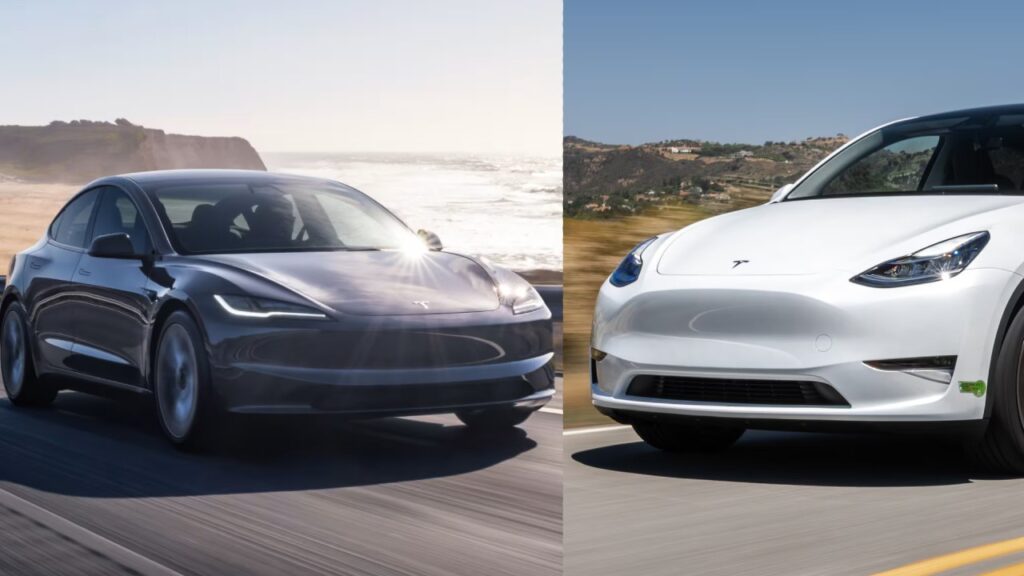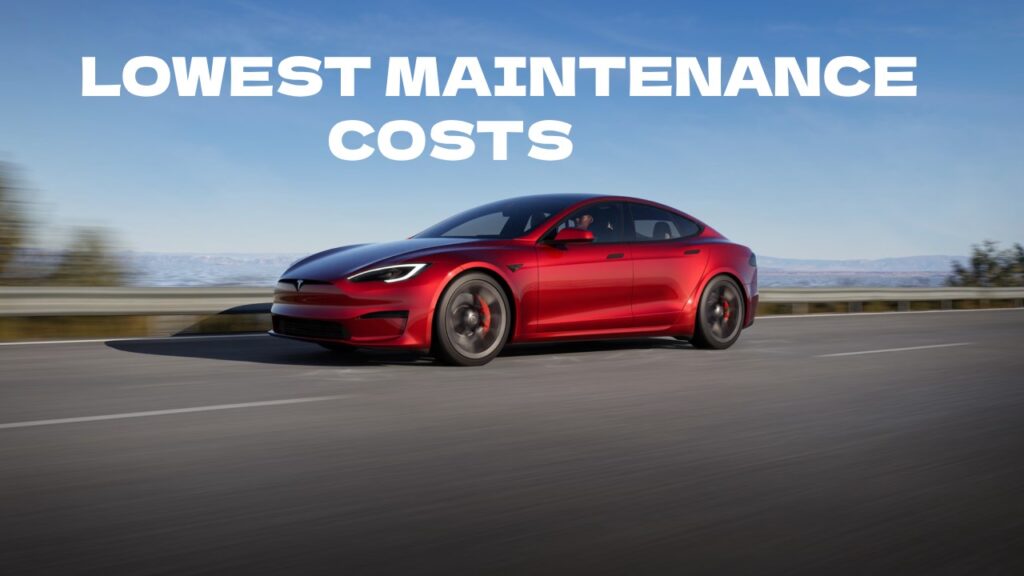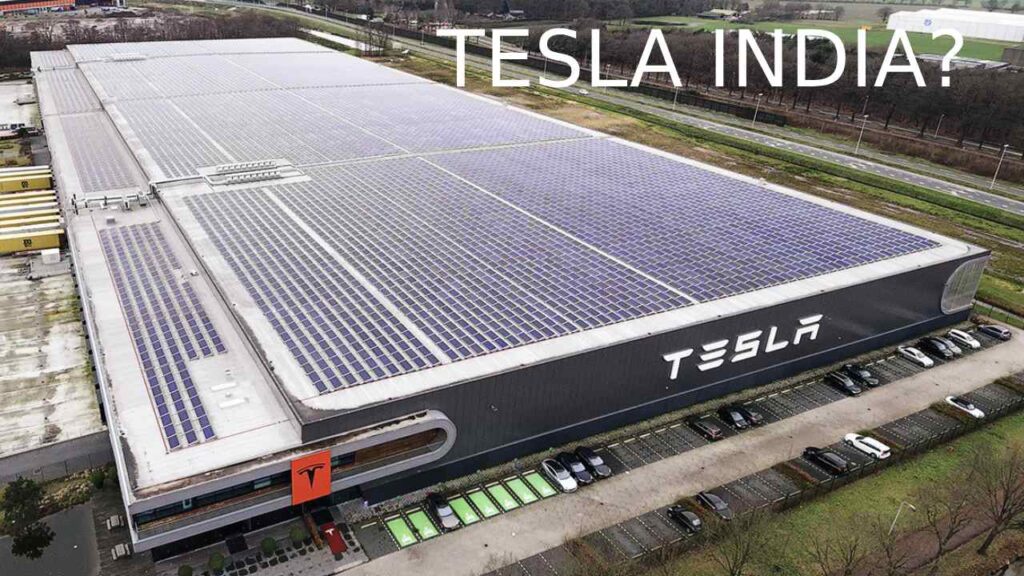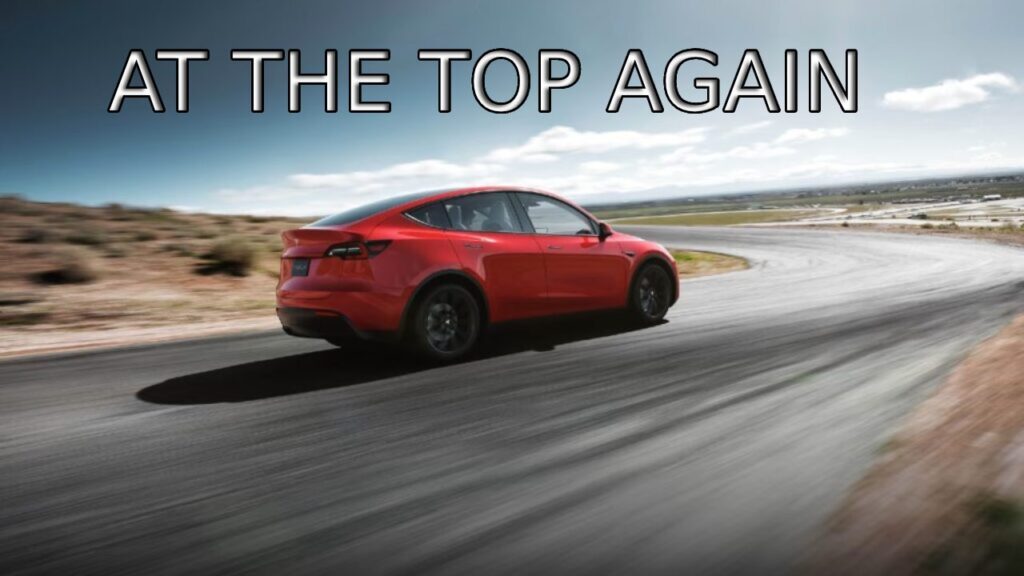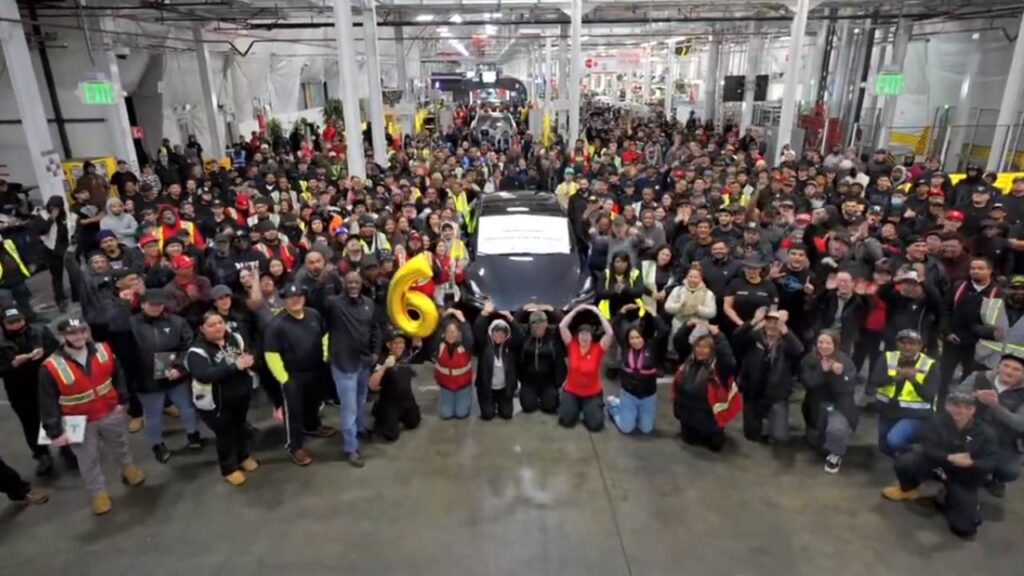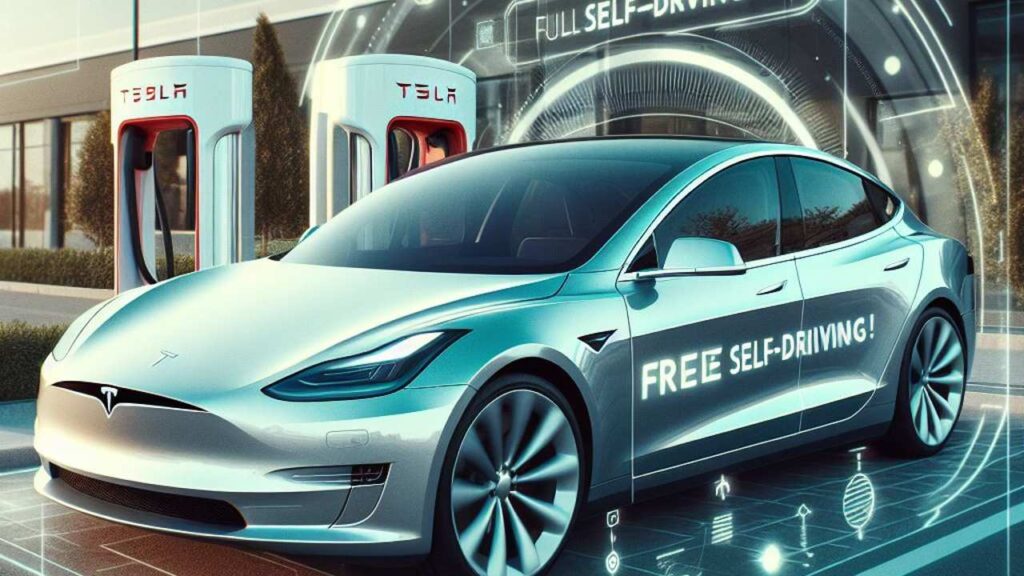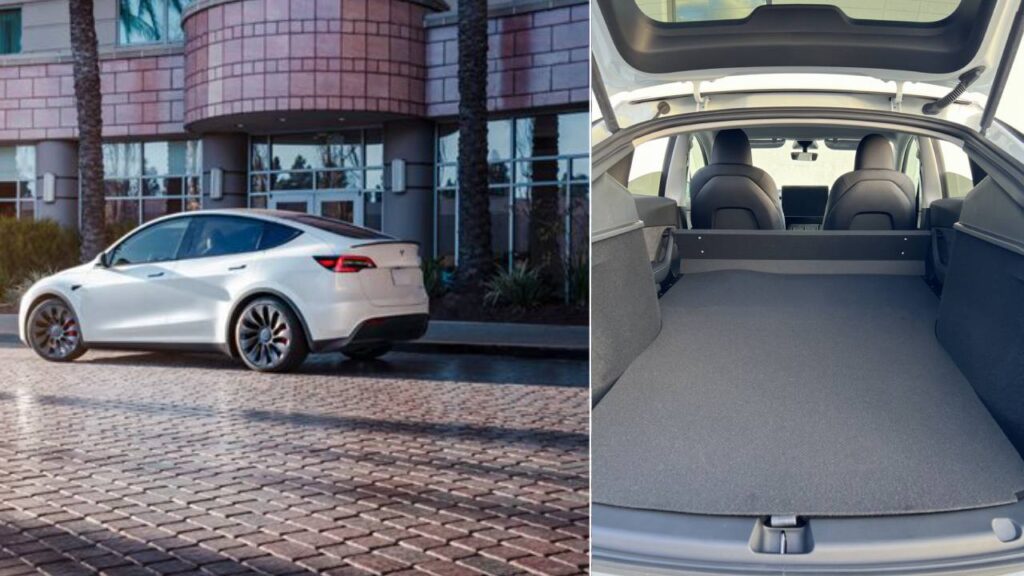2 in Top 5 Used EVs Come From Tesla as Used Car Industry Grows
The used electric car industry is growing strongly as more EVs get old and people have the option of choosing new models. In a recent study, it was found that 2 in every 5 used electric cars belong to Tesla. Now, that shouldn’t be a huge surprise for anyone. Tesla is the largest EV maker in the world. It has been widely regarded as the poster boy for the electric mobility revolution across the globe for almost a decade. As the EV market matures, we are bound to have a surge of EVs in the user car market. The trend of people opting for used electric cars is in an upward momentum. Let us glance at the top 10 used electric cars in the U.S. at the moment. You might also like: StoreDot and Polestar Achieve 10-Minute Charging w/ Si-Dominant Cells Top 10 Used Electric Cars The top 2 spots are reserved by Tesla Model 3 and Model Y, respectively. These are followed by the Nissan Leaf, VW ID.4 and Ford Mustang Mach-E at numbers 3, 4 and 5, respectively. The bottom half of the table is dominated by Audi e-tron, Chevrolet Bolt EUV, Bolt EV, Tesla Model S and Hyundai Ioniq 5, respectively. Hence, in total, there are 3 Tesla cars in the list of top 10 used electric cars on sale in the U.S. at the moment. Fun fact, the Tesla Model X fell out of this list this time around. Moreover, user car giant CarMax reports that searches for EVs on its website grew by 177% between 2021 and 2024. Also, the top vehicles which were traded-in include Ford F-150, Honda Accord, Honda Civic, Toyota Prius and Tesla Model 3. EV Average Price Tesla Model 3 $34,045 Tesla Model Y $43,896 Nissan Leaf $18,465 VW ID.4 $31,576 Ford Mustang Mach-E $38,713 Audi e-tron $41,205 Chevrolet Bolt EUV $26,776 Chevrolet Bolt EV $22,564 Tesla Model S $45,574 Hyundai Ioniq 5 $37,036 Top 10 User Electric Cars in the U.S. You might also like: Failure Rate of Modern EV Batteries is 0.1% – Study Learn Electric Cars Says With the expanding EV market across the globe, the used car industry is bound to experience a boost. However, things can get a bit complicated with EVs due to the astronomical expenses attached to battery replacement. I am particularly intrigued to see how will that shape the mindset of potential buyers. We know that battery replacement is the biggest cost associated with the ownership experience of electric cars. Generally, carmakers offer a warranty of around 150,000 – 200,000 km or 8 years (whichever is earlier). Therefore, if EVs are available well before that time period, people would be comfortable spending money. But I don’t see a scenario where anyone would want to risk it near the 8-year mark. Let’s see how things pan out in this regard going forward.

